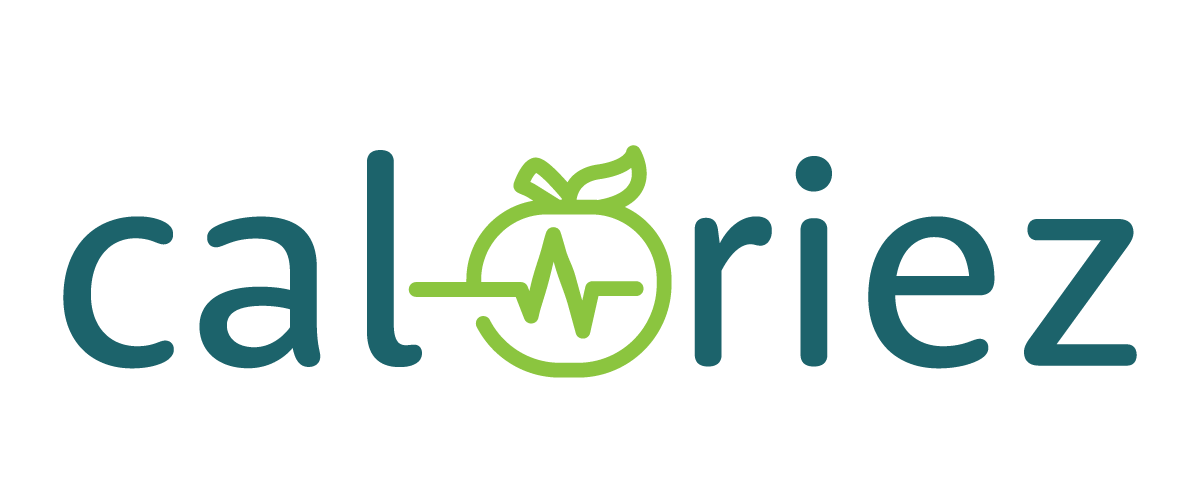Kacey Poynter doesn’t should commute far to clock in for work. She’s a paid caregiver and easily rolls away from bed to are inclined to her cost: her 2-year-old son, who sleeps in a transportable playpen proper beside her.
Sonny was born with a congenital malformation that impaired his mind growth and desires close to steady care merely to breathe and eat. Ms. Poynter left her job at a name middle when she introduced him residence from the hospital and has nursed him ever since moderately than counting on aides or establishments. Indiana’s Medicaid program has paid her for this labor of affection.
“It’s simply been truthfully life-changing, with the ability to be right here with him and never fear about another person making an attempt to care for him,” she mentioned.
However her capability to maintain taking care of him is now doubtful. Indiana’s social companies company has introduced plans to finish the caregiver program, citing an almost $1 billion shortfall within the state Medicaid finances. By July 1, mother and father and guardians caring for kids and spouses caring for his or her companions must enroll in a unique program for much much less pay.
The concern, for folks like Ms. Poynter, is that they are going to haven’t any choice however to return to work and seek for residence care assist in the midst of a deepening nationwide labor scarcity of aides and nurses.
Through the coronavirus pandemic, states acquired an enormous infusion of federal cash — cash that’s now drying up, leaving Indiana, and lots of different states, dealing with robust selections about how one can plug the gaping holes of their budgets.
Panicked Indiana mother and father who depend on the funds have held weekly rallies on the Statehouse, some toting their kids. With the state legislative session ending as early as Friday, it’s unclear how the proposed cutbacks will play out.
Lawmakers level to arduous budgetary math and the hazy line between above-and-beyond care that deserves cost and the duties all mother and father owe their kids.
“We have now lots of legislators who say, ‘No one must be relying on Medicaid to make a dwelling,’” mentioned Kim Dodson, chief government officer of The Arc of Indiana, a nonprofit advocacy group. “However you’ve got households who’ve made a option to not work exterior the house, to care for his or her cherished one, as a result of there’s no one else who can do it and positively can’t do it in addition to them.”
Indiana’s lieutenant governor, Suzanne Crouch, a Republican who’s working for governor, has known as on the social companies company to postpone the cuts and demanded an outdoor audit of the company’s funds. “We’re going to be judged by how we care about essentially the most weak amongst us,” she mentioned in an announcement.
About 4 million Individuals with continual diseases or disabilities obtain residence and community-based companies paid for by Medicaid, the federal government’s medical health insurance program for lower-income folks. Most are adults, however a rising share are kids with critical medical situations who might require each expert companies and assist with each day dwelling duties like bathing and dressing.
These companies, which hold many individuals out of nursing properties or different establishments, could also be supplied by nurses or residence well being aides, however households have all the time been the backstop. In lots of states, kin may be paid for offering a few of that care, however Medicaid applications have usually been extra restrictive about paying mother and father who — the pondering goes — are obligated to care for his or her kids out of responsibility moderately than for cash.
Through the pandemic, the Biden administration relaxed hurdles for folks and guardians to develop into paid caregivers. Congress elevated federal help for Medicaid, partly so states might increase caregiving applications. In line with a survey final summer season by KFF, previously often called the Kaiser Household Basis, 37 states took benefit of the growth to pay mother and father and guardians.
Kate McEvoy, government director of the Nationwide Affiliation of Medicaid Administrators, mentioned that the paid applications provided a option to meet household wants and to save lots of states cash that may in any other case be spent on costly institutional care. “They wish to be served in a house setting or in the neighborhood, and customarily it is more cost effective for the Medicaid program,” she mentioned.
Now that federal funding is shrinking, some states are downsizing applications and tightening eligibility whereas others are making paid caregiving everlasting.
Virginia initially imposed stricter laws for folks to develop into paid caregivers, however legislators are actually contemplating a invoice to carry some necessities. Ohio made its caregiving program everlasting, however eligible mother and father or spouses should show they can not rent an aide, and paid hours are capped at 40 per week. Iowa and Oregon are asking the Facilities for Medicare & Medicaid Providers to create new paid applications.
Ms. Poynter has been paid $15 an hour for eight hours of each day private care, plus medical health insurance and retirement advantages by means of a nursing supplier, Therapeutic Palms, which contracts with the state and oversees her work.
Sonny is a joyful little one, simply starting to roll over and speak, however he’s fully depending on his mother and father. Every day Ms. Poynter slowly feeds him liquid meals by means of a tube in his abdomen, suctions sputum from the respiration gap in his trachea and cleans and bandages the openings to his airway and stomach, along with altering diapers and different child routines.
On her cellphone, she clocks out and in for the hours she shall be paid, however the distinction feels arbitrary to her as a result of Sonny isn’t any much less depending on her when she is off. Paradoxically, she is required to clock out earlier than she administers medication as a result of Medicaid considers that expert care and she or he is simply contracted for private companies. “My mind is on work-mode just about 24/7,” she mentioned.
Statewide, enrollment in this system and its prices skyrocketed. From March 2022 to February 2024, the variety of kids with disabilities or traumatic mind accidents who had paid caregivers grew sixfold to 1,629 from 262, in response to Indiana’s social companies company. Fueling that progress had been the prices related to the nursing suppliers beneath contract to supervise this system. Some suppliers competed to recruit caregivers, promoting on-line and providing $1,500 or extra as signing bonuses, and a whole bunch of {dollars} for referrals.
That contributed to hovering spending on caregiving for the pediatric inhabitants, to a projected $173 million this yr from $2.5 million in 2021.
Melissa Keyes, government director of Indiana Incapacity Rights, an impartial company, mentioned the state had drastically underestimated the demand and didn’t take steps like capping hours that another states had imposed. “They didn’t essentially have good guardrails in place for the way that program must be managed,” she mentioned.
The state authorised practically half of kids’s caregivers for greater than 60 hours per week, and a small share had been authorised to work across the clock.
Indiana didn’t flag the rising spending till the top of final yr, when an up to date forecast for Medicaid confirmed it was $984 million within the gap. Michele Holtkamp, an company spokeswoman, mentioned that the caregiving program was solely one in all a number of components for the shortfall, “but it surely was essentially the most acute.”
State Senator Ryan Mishler, a Republican who’s the chairman of the Senate appropriations committee, mentioned that in just a few circumstances suppliers had billed the state greater than $200,000 for the care of a single particular person. “The entire level of residence care is they are saying it’s cheaper. However while you rise up to that a lot, it’s truly not.”
The state’s social companies company maintains that caregivers can enroll in a substitute Medicaid program that it says is simply pretty much as good. But it surely pays much less, with a most of about $34,000 a yr. Within the present program, Ms. Poynter could make about $50,000 a yr, and different caregivers authorised for greater than eight hours a day are paid considerably extra.
State Consultant Edward Clere, a Republican, blamed the company’s restricted launch of particulars for the outcry. “It’s scary for households to be instructed that there are going to be main modifications however not have sufficient data to know what these modifications will imply for them,” he mentioned.
Households in rural areas could also be notably hard-pressed to seek out assist caring for his or her kids. Indiana has 26 p.c fewer residence well being aides than the nationwide common, in response to AARP.
Lydia Townsend, a service coordinator for Therapeutic Palms who oversees greater than 200 caregivers, together with Ms. Poynter, mentioned boundaries must be set to keep away from any abuses of the system. However she anxious that the proposed cuts would endanger households. “They’re not going to have a roof and meals like what they’re capable of have now,” she mentioned.
The fallout this yr from the federal authorities’s lowered Medicaid funding is rippling throughout many states at a time when their tax revenues are additionally falling. KFF initiatives that states’ expenditures on Medicaid will rise a startling 17 p.c this yr.
Alice Burns, affiliate director of KFF’s program on Medicaid and the Uninsured, requested what can be sacrificed if Indiana continued to spend a lot on the caregiving program: “Wraparound companies for pregnant ladies? Dental care for kids? What are the companies folks should do with out?”
Ms. Poynter isn’t positive what she’s going to do if the cutbacks are authorised, however dominated out turning to a stranger for assist. She’ll most likely look after Sonny till her husband will get off work after which choose up night shifts as a waitress or a barista. In contrast with mates who’re sole caregivers, she mentioned that she felt lucky.
However nothing might make up for the time mother and father must spend away from their kids, whose lives are precarious and sometimes brief.
“Tomorrow shouldn’t be promised for them,” she mentioned.




